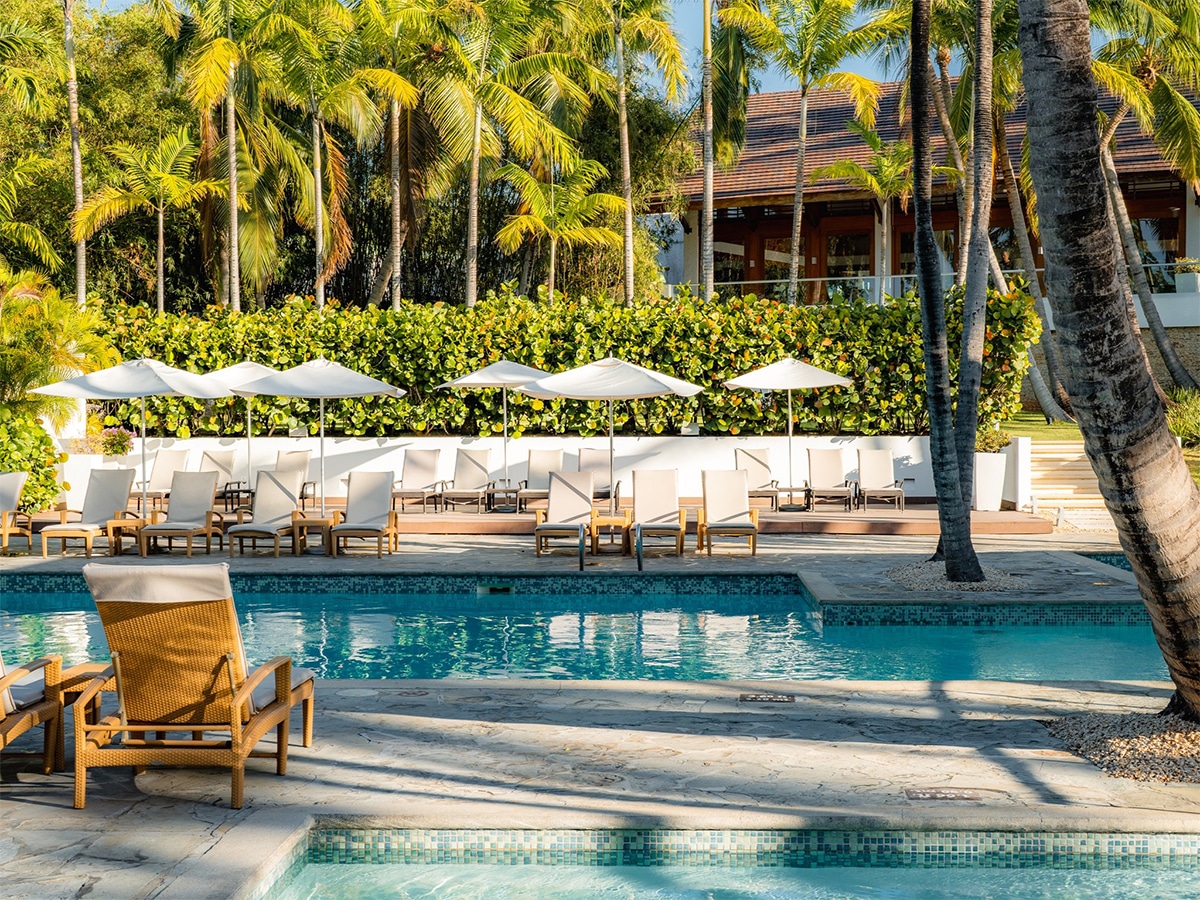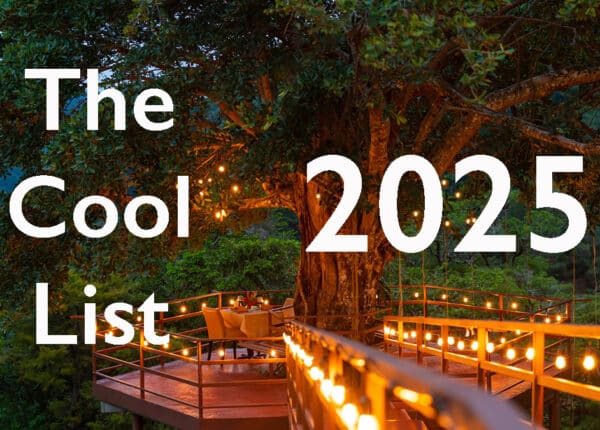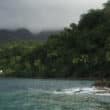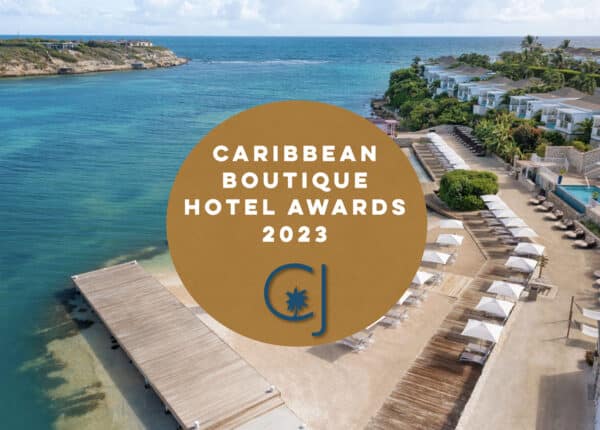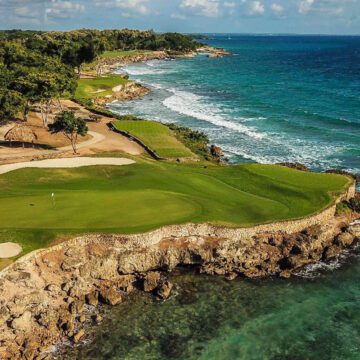Dominican Republic Eyes 12 Million Visitors Amid Continued Tourism Boom
While many of its neighboring destinations were closed in the summer of 2020, the Dominican Republic was open. And it never closed. The country’s navigation of the pandemic helped kick off what would become a new golden age of tourism, ushering in a record-breaking period that has shown no signs of slowing down, with easily the most visitors of any destination in the wider Caribbean.
The country’s tourism surge, one that resulted in 10.3 million total visitors last year (including air and sea arrivals), can be traced in part back to the way it navigated the pandemic, when many travelers considered the Dominican Republic when they might not have otherwise done so, according to Jacqueline Mora, the Dominican Republic’s Vice Minister of Tourism.
But it’s about far more than that, a story built on 50 years of tourism effort, a coordinated policy and a unique prioritization of tourism — even in a region that largely depends on the sector for its economic growth.
Now, the country has even bigger goals, with the ambition of reaching 12 million total visitors in 2024, Mora told Caribbean Journal during the Dominican Repubilc’s Miami trade show at the JW Marriott Marquis hotel.

So how is the country going to do it?
The first step is to highlight new travel niches and categories, from growing the luxury sector to making a bigger foray into experiences, to highlighting the fast-growing capital, Santo Domingo, as a gastronomic destination to growing the golf market and the watersports sector, along with a significant push in the events sector, as in weddings, meeting and conventions.
But the biggest priority is to highlight destinations beyond the country’s traditional stronghold of Punta Cana, building up new destinations, new hotels and filling them up with new travelers.
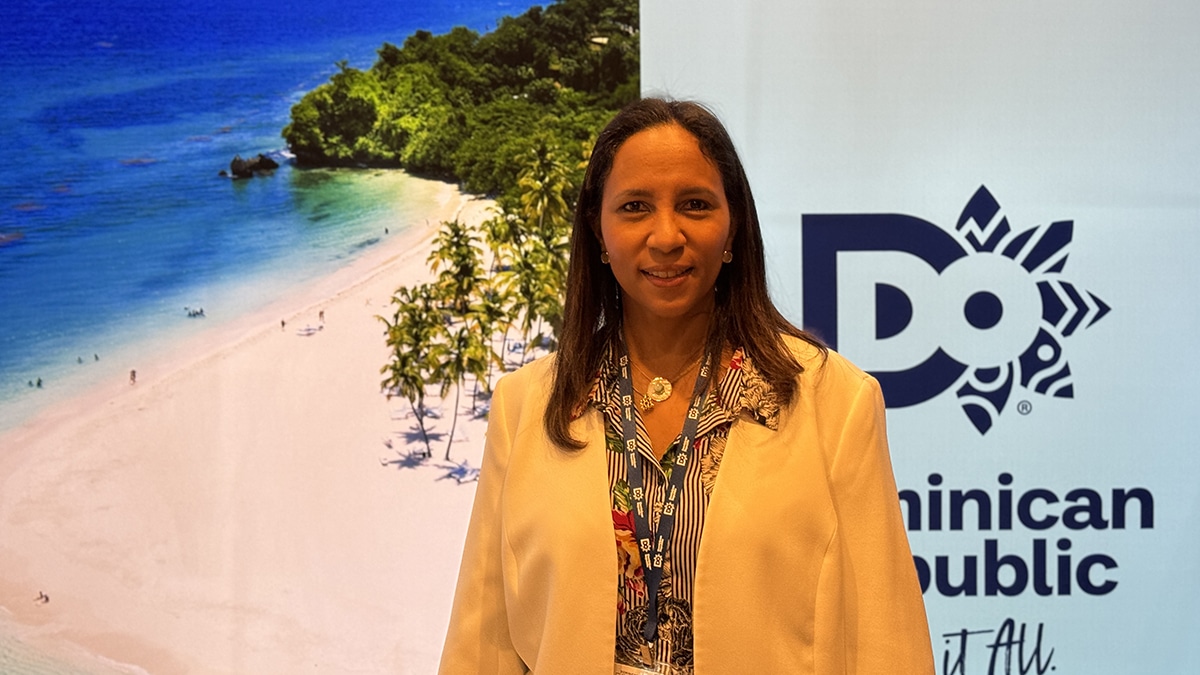
That includes places like Miches, the destination on the bay of Samana that now has seven new major tourism investments to join existing resorts from brands like Club Med and Temptation.
Then there are in-development destinations like Pedernales on the south coast, where the country’s government is making big investments in public infrastructure.
In the north, there’s the Punta Bergantin project on the north coast, one that will include a golf course, a movie studio, among other developments.
It also involves strengthening and repositioning destinations like Santo Domingo, which has been seeing a wave of new airlift from the United States; and Puerto Plata, with the latter set for a major boost with the construction of a road connecting it to the popular city of Santiago – and, more crucially, Santiago’s heavily-trafficked airport.
The idea, Mora said, is to distinguish the country’s different hotspots with a unique brand identity — and create an identity for each individual destination.
“We are creating the brands of the different destination, but together being the Dominican Republic destination,” she said.
It’s all part of the Dominican Republic’s tourism strategy, one Mora said would need to balance the need for growth with developing the human resources to sustain it.
“This year we’re expecting around 12 mil,” she said, projecting growth at around 12 to 13 percent — and an ambition to grow between 8 and 13 percent annually over the next decade.
“We can grow more, but we need to be ready on the infrastructure side and the human resource side,” she said. “Something that is affecting all countries is the issue of Human Resources — tourism is growing a lot, but you cannot grow too fast with the resources you need for it.”
For more, visit the Dominican Republic.

